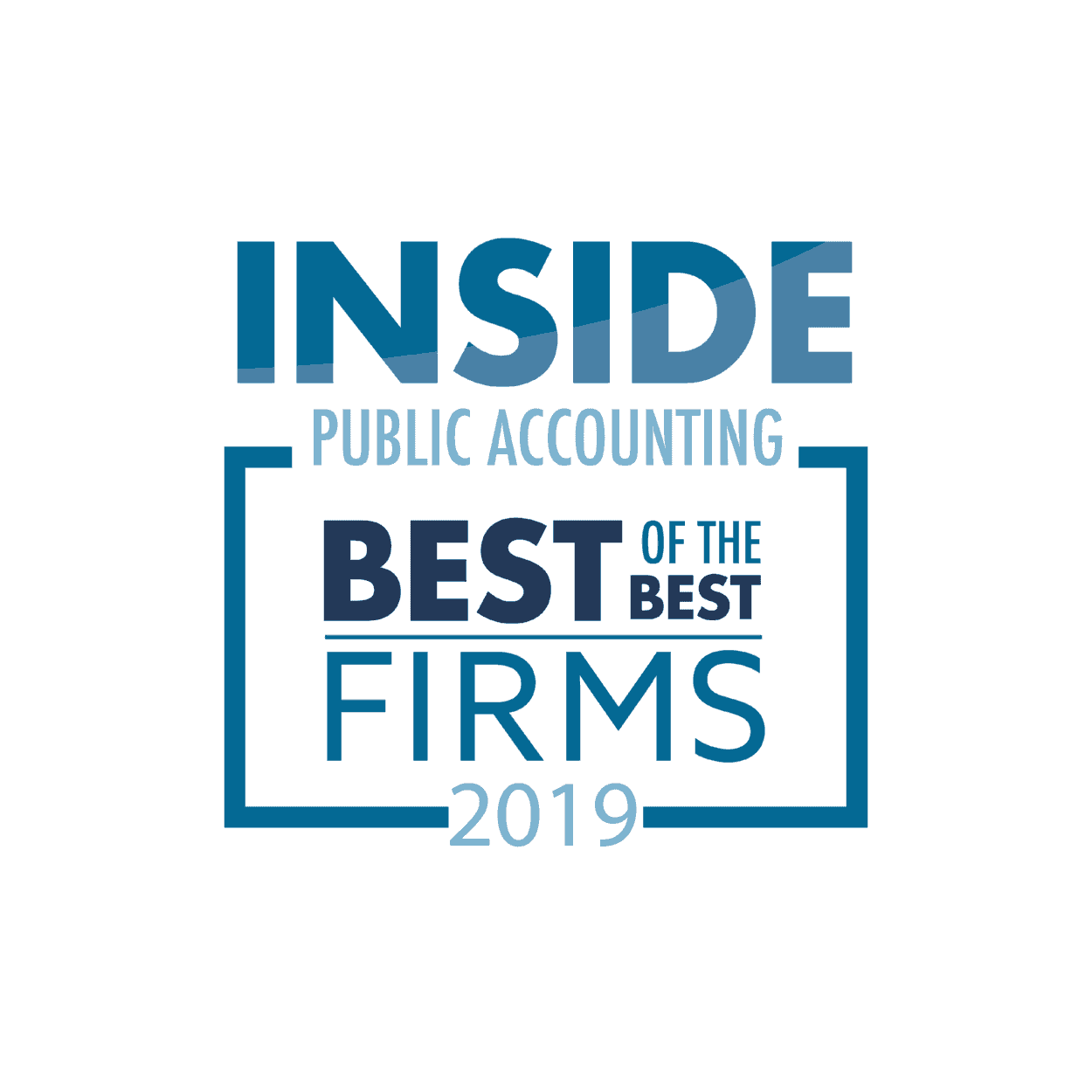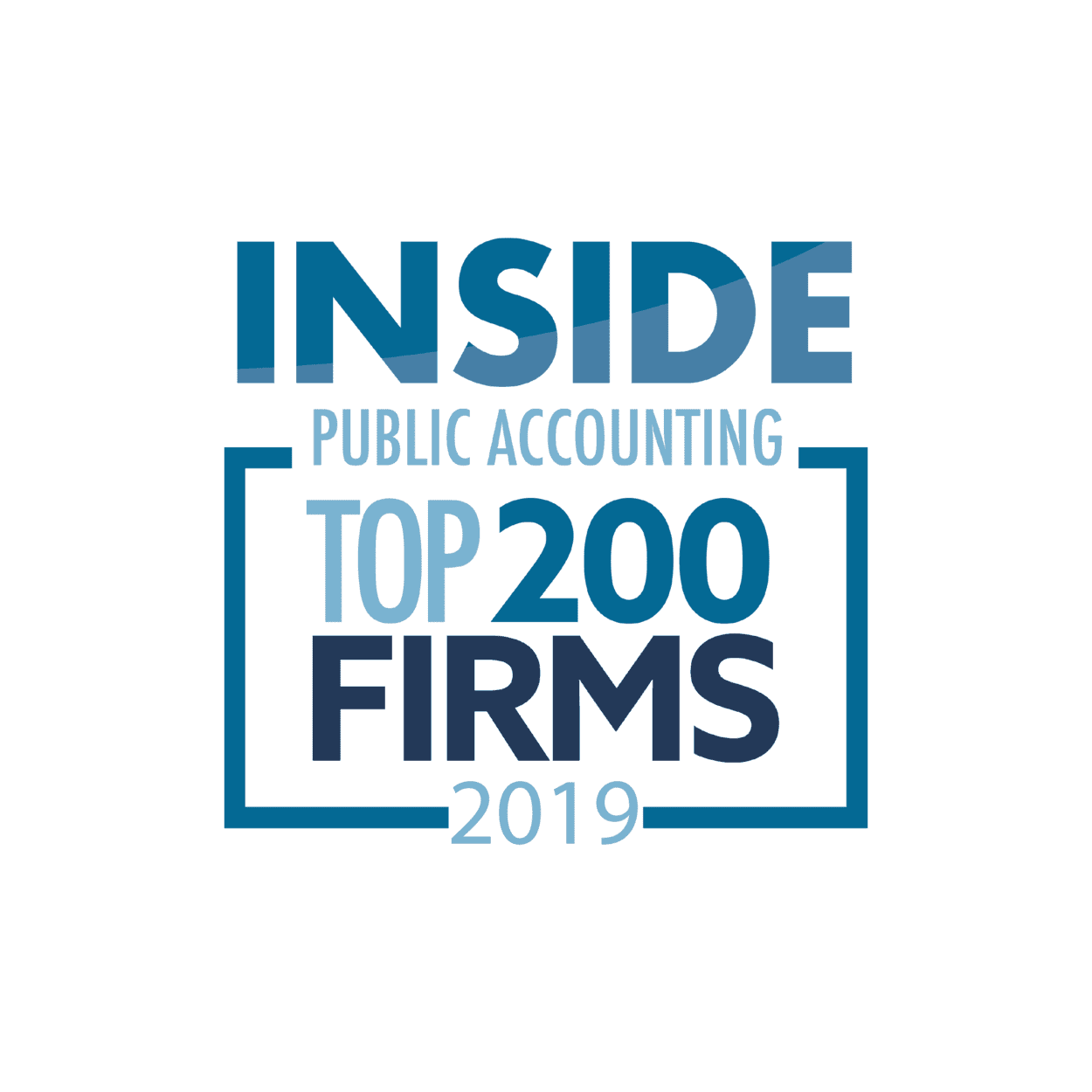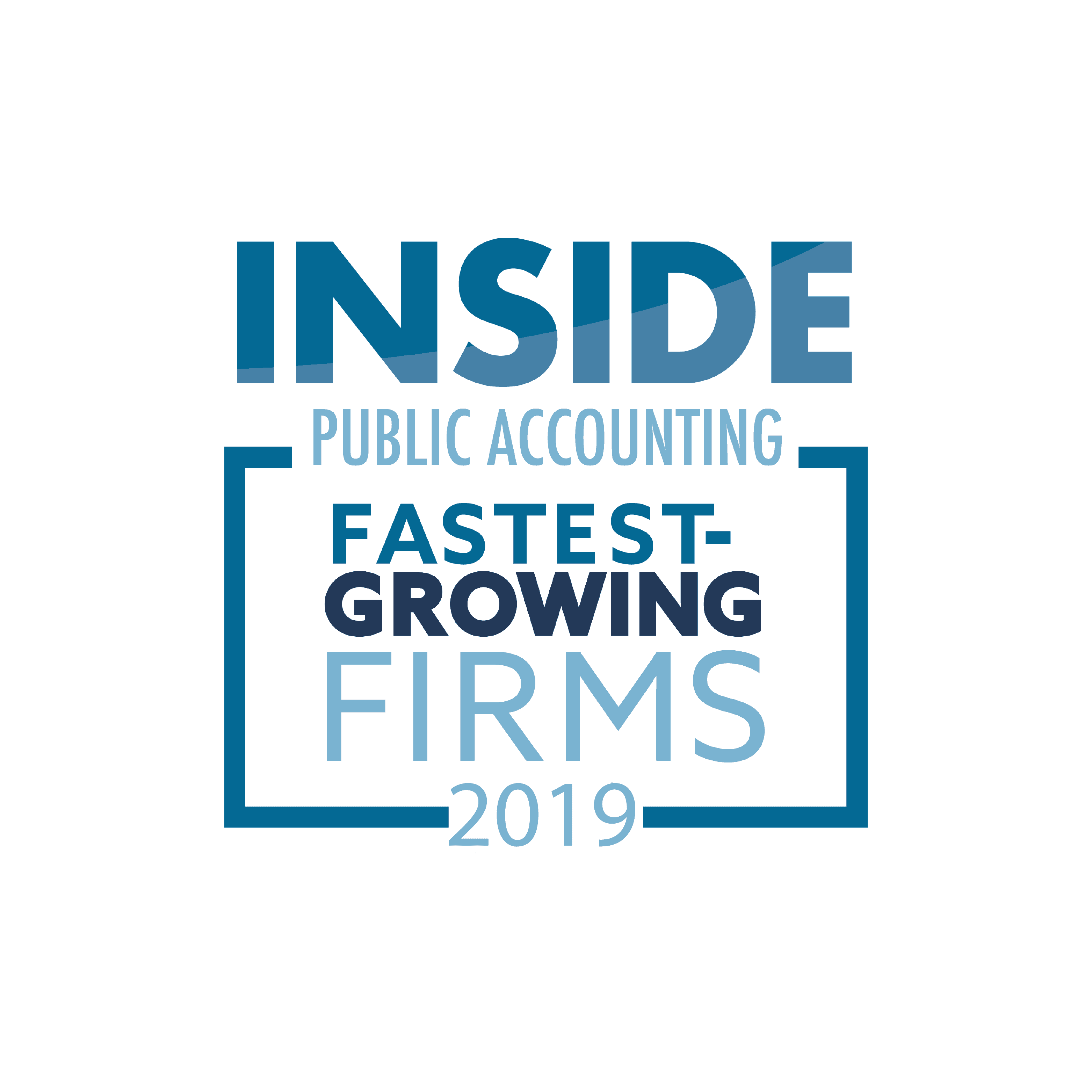As the COVID-19 pandemic continues to bring uncertainty to the economic landscape, the transportation industry is feeling the financial impact. To help minimize these impacts, many trucking businesses have applied for and received funds from the Small Business Administration (SBA) 7(a) loans that were rolled out as part of the Coronavirus Aid, Relief, and Economic Security (CARES) Act Paycheck Protection Program (PPP). These companies are now tasked with managing PPP loan funds to maximize loan forgiveness and ensure the optimal outcome for their businesses. Implementing cash flow strategies is essential in setting transportation companies up for a faster recovery.
In an effort to assist trucking companies during uncertain times, the Moore Colson Transportation Practice is providing the following top 10 cash flow planning recommendations to consider.
Top 10 Cash Flow Planning Considerations
1) Develop a plan to maximize your PPP loan forgiveness amount. It is necessary to take into consideration cash flow strategies while utilizing funds from PPP loans during your 8-week covered period. Some important considerations include:
- Ensure that you pay all allowable expenses incurred during your forgiveness period. Payroll costs should be paid during your forgiveness period or no later than the next regular payroll date after your forgiveness period. For payroll costs, you may use either your covered period or the alternative covered period as your forgiveness period. Non-payroll costs (rent/leases, interest, utilities) should also be paid during your covered period or no later than the next regular billing cycle for those expenses.
- Ensure no more than 25% of qualified expenses are non-payroll (75% of forgiveness amount must be payroll costs) and retain documents of payments and invoices to support these actions.
- Dedicate someone in your organization as the point person to keep track of all the items associated with the use of your PPP loan.
- Any amount of your PPP loan that is not forgiven will be repaid over a 2-year period at a 1% interest rate. This timeframe is actually 18 months when factoring in the 6-month payment deferral period. Note that the 2-year period starts the day your loan is funded.
2) Plan out your workforce strategy to maximize PPP loan forgiveness. Continue to monitor and adjust this strategy weekly, or as often as needed. If you have incurred employee turnover, reduced hours, salary reductions or furloughs, keep in mind that reductions in your average FTEs, and/or pay reductions in excess of 25% of your Q1 2020 pay rates, could result is some of your PPP loan not being forgiven. However, you may be able to preserve your PPP loan forgiveness by taking certain actions to rehire and restore pay rates by either the end of your Covered Period or June 30, 2020. Additional workforce considerations include:
- Put employees back on payroll during the 8-week forgiveness period. Remember, the intent of this law is to ease the burden currently placed on state unemployment agencies. That being said, your employees do not necessarily have to be working if conditions do not allow; they just need to be on your payroll. We realize it is difficult to hire and retain reliable truckers; therefore, it is important to keep your top talent employed so that you have them as resources once things return to normal.
- Even for commissioned employees, consider paying their average monthly compensation up to $100,000 annualized. Again, you want to retain your top sales talent for when business picks up. Some companies are implementing short-term non-competes to ensure they keep their commission-based talent for an extended period of time after this 8-week period.
- Take the FFCRA and CARES Act payroll tax credits after the 8-week forgiveness period.
- Determine proper staffing needs after June 30, 2020. As of now, there are no restrictions on employment after this date, so you are free to make staffing decisions based on the need of your business.
3) Create a rolling 13-week cash flow projection to better manage your business during these uncertain times as well as to monitor and maximize the use of your PPP loan for allowable expenses (payroll costs, rent, interest, utilities). After each week, replace your projection with actual results.
4) Explore deferring loan payments or paying interest only on existing debt with lenders (outside the 8-week 7(a) PPP loan forgiveness period).
5) Explore deferring rent and lease payments (outside the 8-week 7(a) PPP loan forgiveness period).
6) Look into making adjustments to major planned projects such as repairs, systems upgrades and training. It may be best to defer these projects for now to help with cash flow concerns. On the flip side, cash flow permitting, it is worth considering starting some of these projects as there will be opportunities for significant pricing reductions available to perform some scheduled projects.
7) Consider rebates and reductions to insurance premiums due to reduced business volume. Right now, you may have less equipment on the road leading to a reduced exposure to insurance claims. This could be a negotiating point with insurance companies.
8) Be strategic with respect to vendor payments. While you want to be fair with your vendors, it is not necessary to pay bills before they are due. There may be certain vendors where you can discuss opportunities to temporarily extend payment terms.
9) Assess your need to make corporate income tax payments and/or distributions to owners for income taxes. If you take out a PPP loan, you may want to avoid making distributions or dividends to owners during the 8-week period to avoid scrutiny from your lender or the SBA.
10) Contact your bank and lenders to discuss your short-term cash flow plan. Take advantage of opportunities to draw down any available line of credit or consider the use of alternative funding vehicles. Consider talking with lenders to defer principal payments on idle equipment; however, you may want to pay interest on these loans as it is an allowable cost for your PPP loan forgiveness.
Cash flow planning will continue to prove valuable for trucking companies in the wake of COVID-19. If you need assistance creating a cash flow plan or managing your PPP loan funds, our team is available to help. To learn more, visit the COVID-19 Business Services section of our website or contact us. Also, be sure to subscribe here to get our news and alerts as they are released as we are committed to keeping you updated on how to navigate financial challenges associated with the COVID-19 pandemic.
Chris Arnone, CPA, is a Partner and Business Assurance Practice Leader at Moore Colson. Chris has over 20 years of experience providing audit, accounting and consulting services for companies in the transportation, manufacturing, distribution, staffing, private equity and venture capital industries.
Steven Murphy, CPA, is a Partner in Moore Colson’s Tax Services Practice. He is the Practice Leader for the Transportation Industry and also serves as the Tax Practice Leader for the Retail Industry. Steven has over 20 years of experience leading tax engagements and implementing tax strategies.








0 Comments